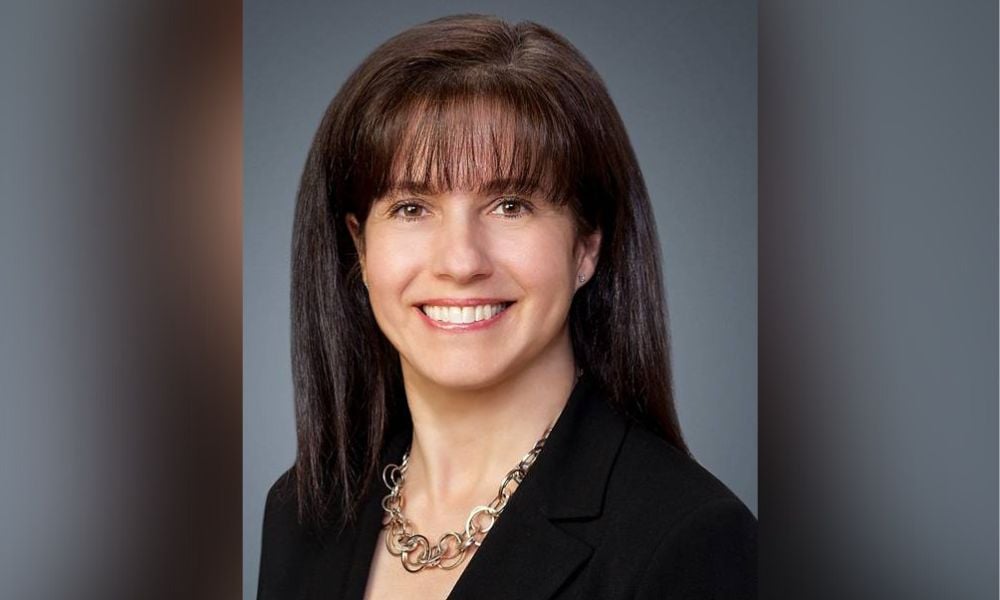How careful questioning and creative thinking can nudge clients towards smarter decisions

As part of their commitment to ensure clients’ financial well-being, financial advisors also have to act as behavioural coaches that promote better decisions about money. Sometimes, that means giving clients a harsh dose of reality and perspective.
While it can be hard to make clients understand and walk away from their strong short-term impulses, there are ways to gently but firmly help them understand the potential long-term impact, according to one Calgary-based certified financial planner.
Find out how to become a Certified Financial Planner in Canada here.
“I met with a young couple in my office just before Christmas. The young man, who’s in his mid-30s, makes a good income,” says Johanne Plamondon of Raymond James. “He said to me, ‘I really want to talk to you about buying a brand-new pickup truck and a camper.’”
The couple, she says, were very passionate travellers who enjoyed the great outdoors. With a pickup truck and camper, the husband explained, they would have a means to go surfing in the wintertime and embark on other explorations, and be able to enjoy a leisurely cup of coffee after a long day of adventure.
After hearing out her clearly excited client, Plamondon started asking careful and deliberate questions. How much did he imagine a brand-new vehicle and camper would cost? Do they have the cash on hand to buy it, or would they rely on financing? Where would they park it? What about insurance?
“This young gentleman had previously leased another vehicle, which he had to pay $700 a month for. I reminded him how much stress that brought him at the time,” Plamondon says. “We also determined that they wouldn’t be driving the pickup truck every day, but only for recreational purposes.”
By the end of the 30-minute discussion, it was clear that the client was looking at a potential additional monthly expense of $2,000, when a $700 monthly commitment was already giving him a huge amount of anxiety.
With the challenging economic climate, Plamondon suggested that her client might be able to buy a used vehicle and camper, but he was firm that he wanted to buy them brand new. Rather than an outright “no,” Plamondon responded with a proposal that he test-drive his financial commitment.
“I suggested to him, ‘Starting now, try saving $2,000 a month, and do that for the next 12 months,’” she recounts. “We agreed that if he could do that without stress or concern, he might be able to handle that commitment for the longer term. If not, then at least he’ll potentially have $24,000 saved up to put towards something else.”
According to Plamondon, people will naturally tend to dig in their heels when told what to do, and resist suggestions that they need to change. At her practice, she prefers to use back-and-forth conversations and negotiations with clients, because they should ultimately decide what’s in their best interest.
“We can help people make some changes for the short term, but it's the long term that makes a difference,” she says. “One thing I’ve found is that people who do work with an advisor are more likely to stick to a financial plan.”



